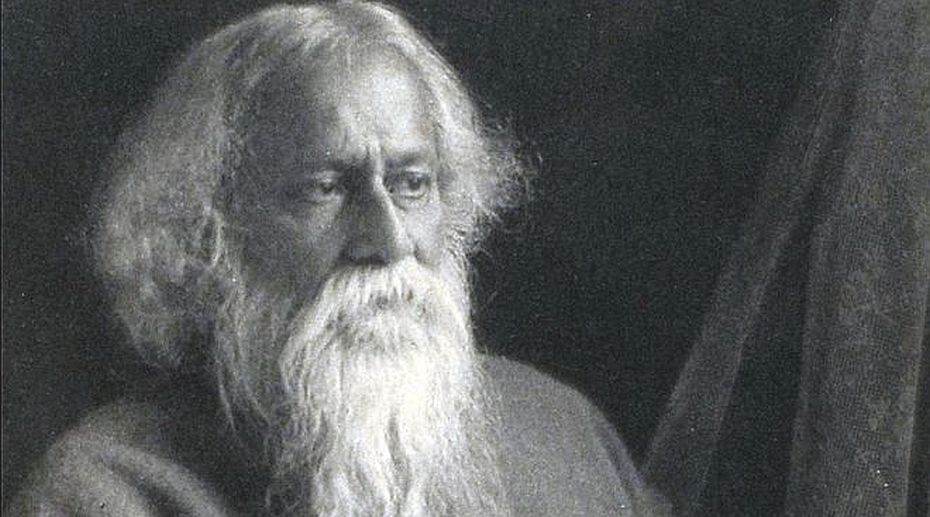Rabindranath Tagore's industrialist grandfather wanted rail connectivity to the collieries and if the lines were to be laid from Calcutta to the Raniganj coalfields, he even offered to raise one-third of the capital.
The business interests of Dwarakanath Tagore (1794-1846) straddled banking, insurance, shipping and trading, with a focus on items like indigo, silk, sugar and coal.
Advertisement
With a British partner, he established Carr, Tagore and Company in 1843, an outfit that had close commercial ties with the East India Company. On a visit to England, Dwarakanath got interested in trains and wished to bring rail transportation to Bengal.
Rowland Macdonald Stephenson first arrived in Calcutta in 1843 as a representative of the Steam Navigation Company. When he and Dwarakanath Tagore met, they realised they had a common interest in developing railways in India.
At that time, Dwarakanath also owned the Englishman, the newspaper in which Stephenson used to articulate his views about the railways.
These interesting bits of information find mention in a new book named "Indian Railways: The Weaving of a National Tapestry" by Bibek Debroy, Sanjay Chadha and Vijay Krishnamurthi.
"Because of his business interests, Dwarakanath Tagore wanted that there should be railways in the collieries. To push this idea, he got in touch with a friend of Stephenson's, a Calcutta-based barrister named William Theobold. If the lines were to be laid from Calcutta to the Raniganj coalfields, Dwarakanath Tagore even offered to raise one-third of the capital," the book, published by Penguin says.
Though there was agreement on the need for railways, agreement on railways routes was a different matter.
Stephenson formed the East Indian Railway Company (EIRC) in 1845, and in the same year, Dwarakanath formed the Great Western Railway of Bengal (GWRB).
The routes planned by EIRC and GWRB for the main line from Calcutta to Mirazpur were different and had nothing to do with the six routes proposed by Stephenson.
The route eventually chosen wasn't quite exactly either of the original two proposed. But more importantly, EIRC was preferred over GWRB. Dwarakanath died in 1846, and GWRB was merged with EIRC to form East Indian Railways (EIR), the book says.
The book tells the story of the network that made modern India. It captures the immense power of the business behemoth as well as the romance of train travel; tracing the growth of the railways from the 1830s (when the first plans were made) to Independence.











